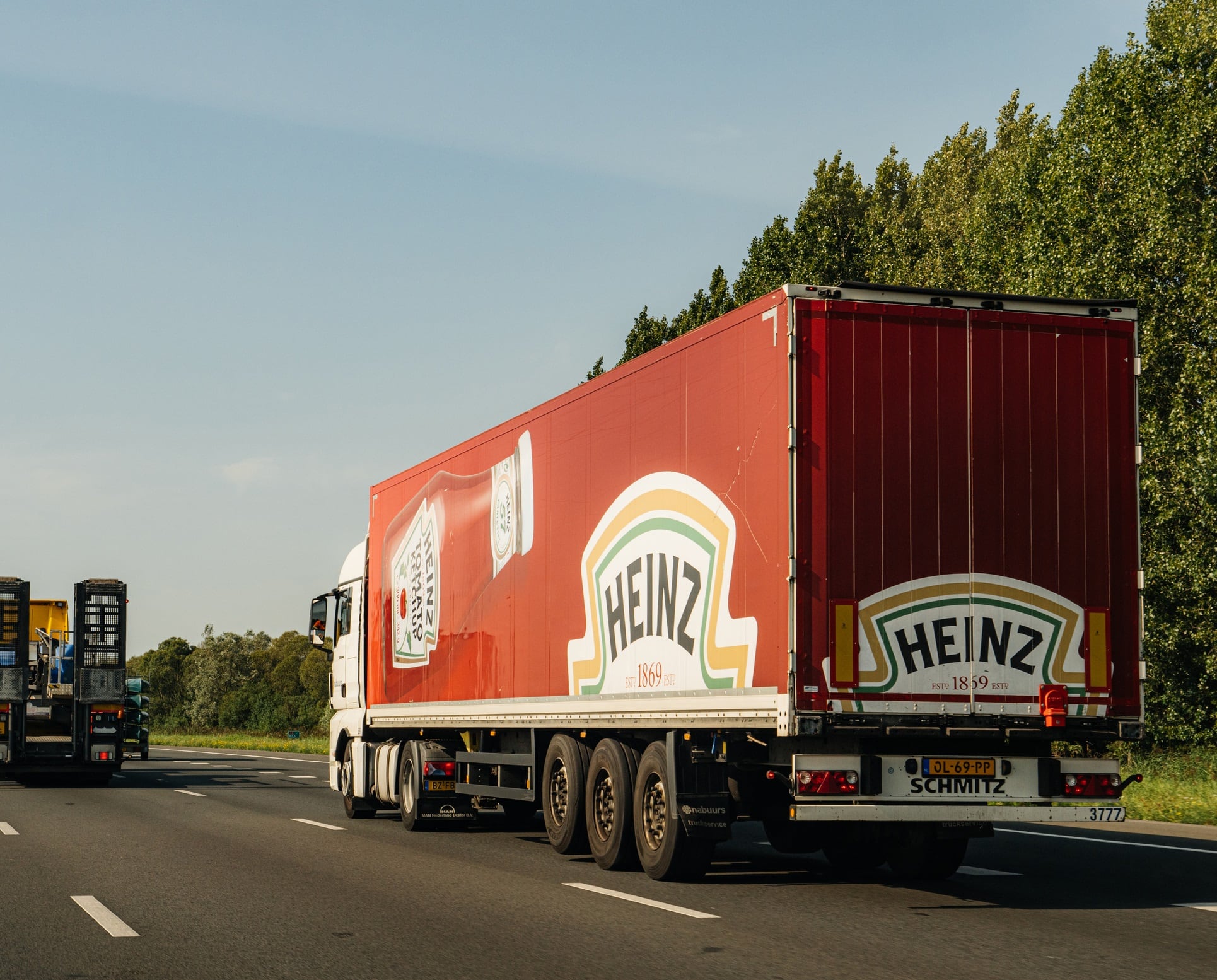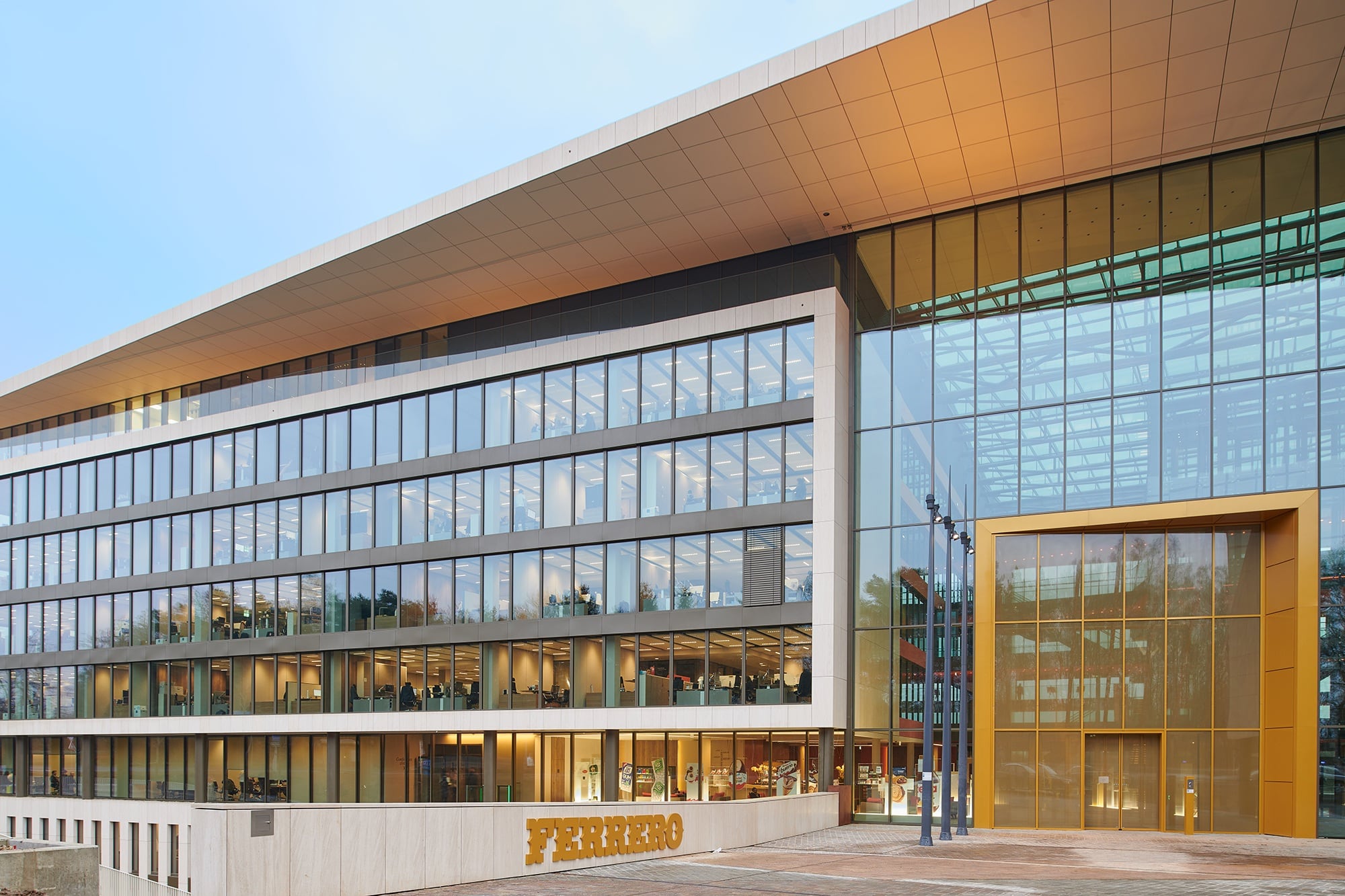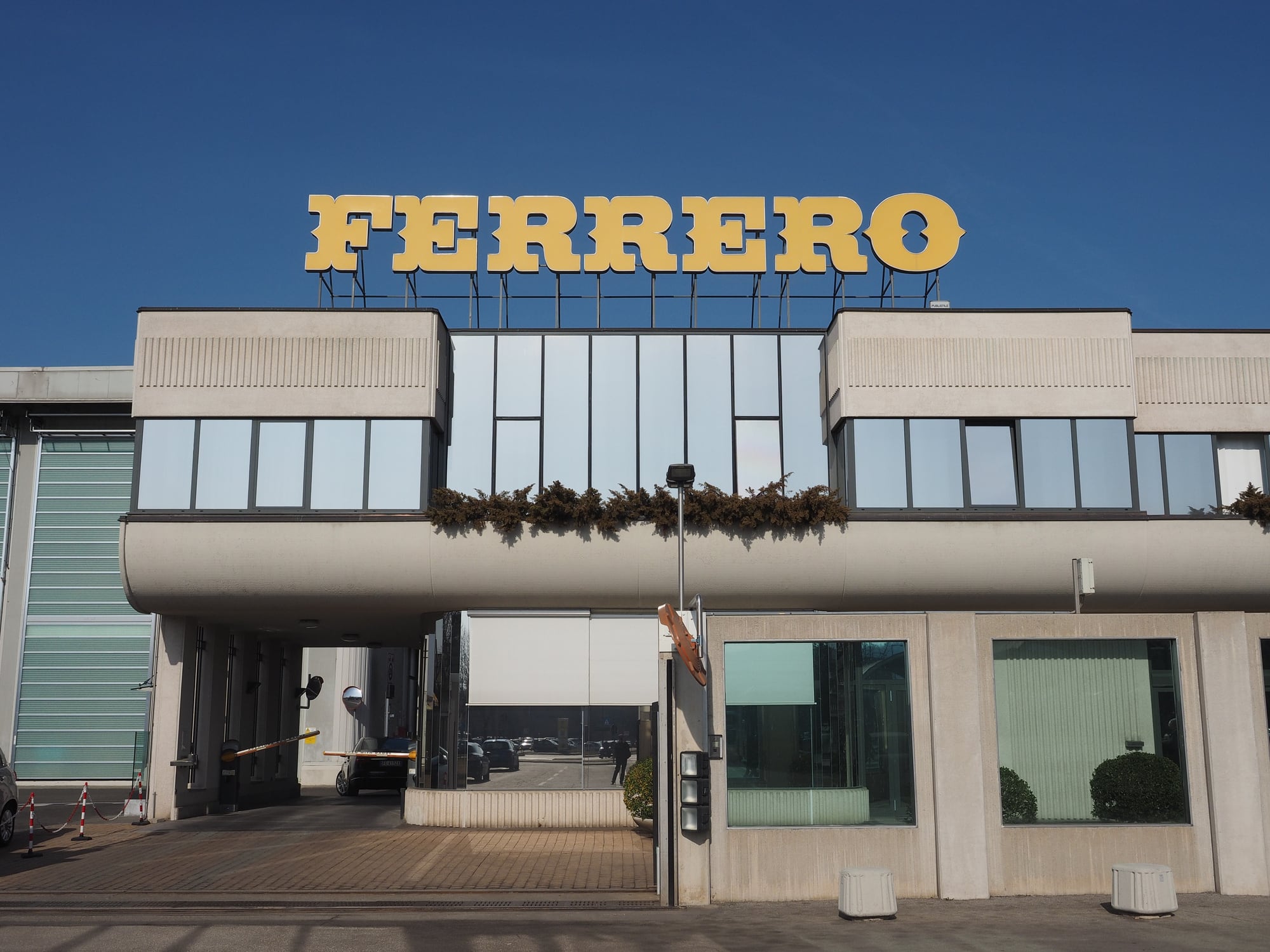What’s driving food and beverage industry change? Summary
- Major CPGs like Nestlé and Unilever are cutting thousands of jobs
- Mergers and divestitures aim to streamline operations and boost growth
- Financial pressure is pushing companies to sell non-core assets
- Private equity firms are driving fewer but higher-value acquisitions
- Success depends on integration, leadership agility and consumer trust
The food and beverage industry is in a major state of flux.
We’re seeing mergers, demergers, leadership changes and layoffs across all sectors.
Right now, we’ve got The Kraft Heinz Company breaking-up, Mars, Incorportated and Kellanova on the cusp of merging, and Unilever in the process of exiting the ice cream space altogether.
Meanwhile confectionery giant Ferrero has officially signed on the dotted line to complete its acquisition of cereal brand WK Kellogg. And industry leader Nestlé has said it’s to slash 16,000 jobs worldwide. A move, which comes in the scandalous wake of former CEO Laurent Freixe’s sacking.
So what’s sparking these major business shifts? And what does the future of the industry look like?

The future of M&A in FAB
While there may be exceptions to the rule, company restructurings are predominantly driven by financial pressures, and it seems that’s the reason we’re seeing so many happening right now.
“Most public food and beverage companies are struggling to increase revenue and are focusing on cost-cutting measures,” says Issy Perez, managing partner at consultancy firm Boyden, and former general manager for Central America at Kraft Foods. “We might see more companies sell non-core assets to reduce costs, similar to Unilever, which is streamlining its portfolio and focusing on premium brands within beauty, wellbeing and personal care.”
Similarly, Kraft Heinz has decided to split into two separate companies in order to simplify operations. One company will focus on high-growth global brands and the other on stable grocery staples.
Meanwhile, in addition to the layoffs, Nestlé has stated that it aims to grow at scale, and has hinted at plans to sell off slower-growing categories.
A few factors, says Perez, are driving these trends.
Firstly, as increasing revenue becomes more difficult, companies are pursuing strategic acquisitions that will help them grow at scale, and add value to the business. PepsiCo’s recent purchase of Poppi and Siete, to boost its better-for-you portfolio, is an example of this.
Secondly, private equity firms have plenty of “dry powder” and are concentrating on fewer, larger platform acquisitions and public-to-private deals, which raises overall deal value even as the number of deals declines.
Finally, large conglomerates continue to spin-off non-core divisions, or sell them to private equity. These divestitures are individually significant, and often strategic to both seller and buyer, boosting aggregate value.

How can CPGs achieve success?
Many of the biggest CPGs in the industry are struggling to achieve growth and are pinning their hopes on these major shake-ups.
There are high expectations for Nestlé’s incoming CEO Philipp Navratil to turn things around for Nestlé, though he and other industry heads will need to up their game to achieve success.
“CPG leadership is changing fast,” says Perez. “CEOs can no longer lead with the unidimensional styles that were effective earlier in their careers. Today’s leaders need to be able to drive tough integration and cost control, while safeguarding brand-driven growth and innovation.”
Boards, says Perez, are now seeking operators who can reduce costs, act as storytellers to unlock brand potential, and increase revenue.
When it comes to mergers and acquisitions, companies like Mars and Ferrero are praying market dominance and strengthened product portfolios will shore-up stability and power growth, but this isn’t always the case.
“Scale alone no longer guarantees relevance,” says Perez. “Younger consumers distrust heritage marketing and crave transparency and ethics.”
In other words, consumers want and expect more from brands than they have in the past.
“Many CPGs have failed because the acquired brands are simply attached to existing infrastructure,” explains Perez. “A $100m revenue company will get swallowed up and spit out unless there is a clear plan to boost efficiency without losing what made the brand valuable.”
Companies also need to take care to ensure they don’t meet the same fate as Kraft Heinz, a merger which failed after just 10 years.
“Most deal failures stem not from the purchase price, but from poor integration execution,” says Perez.
Key to successful integration in today’s business environment:
- Operational integration: Combining supply chains, systems, manufacturing, and logistics
- Organisational integration: Aligning structures, roles, and talent - managing redundancies and retention
- Cultural integration: Reconciling differences in working styles, values, and leadership norms
- Financial integration: Consolidating reporting, accounting, and performance tracking
- Strategic alignment: Ensuring the merged entity has one clear vision and brand architecture

A new era for food and beverage
The food and beverage industry is being reshaped before our eyes. Legacy strategies are being replaced by bold restructurings, targeted acquisitions, and sharper consumer focus. But success won’t come from size alone, it will depend on how well companies integrate, innovate, and inspire.
Consumers are no longer passive recipients of brand messaging. They’re active participants, demanding transparency, ethical sourcing, and products that align with their values. Companies that fail to meet these expectations risk irrelevance, no matter how dominant their market position.
Leadership will be critical. CEOs must evolve beyond traditional management styles to become agile operators and compelling brand stewards. Integration must be handled with precision, and growth must be pursued with purpose.
As the industry moves forward, those who thrive will be the ones who treat transformation not as a threat, but as an opportunity.




